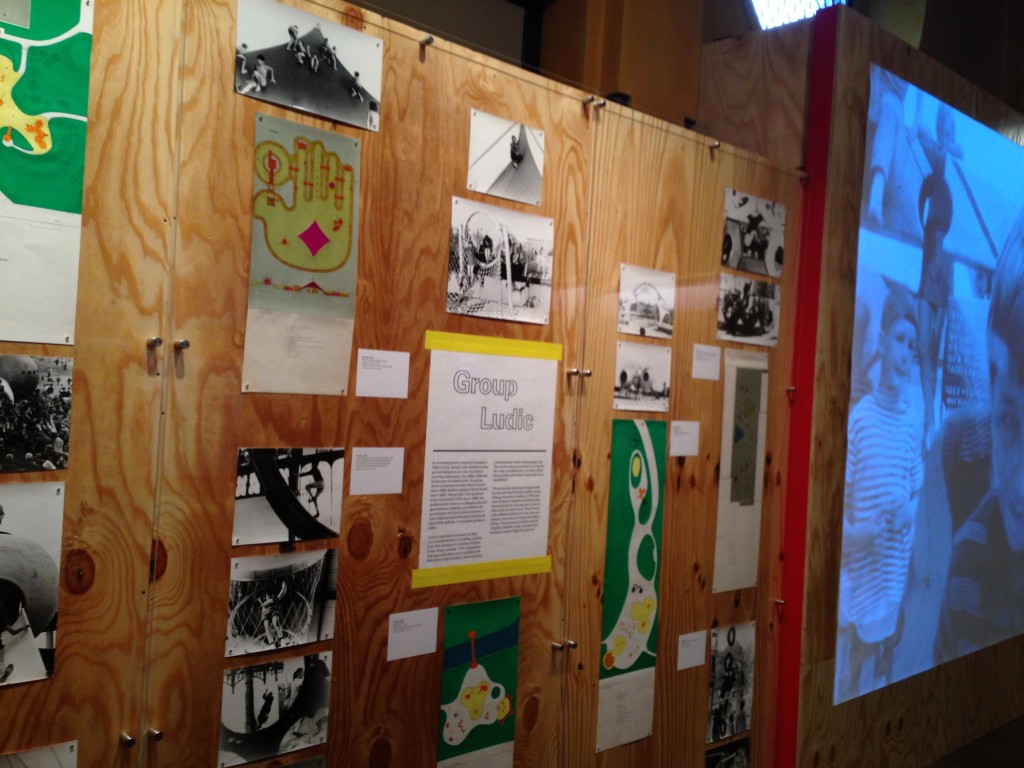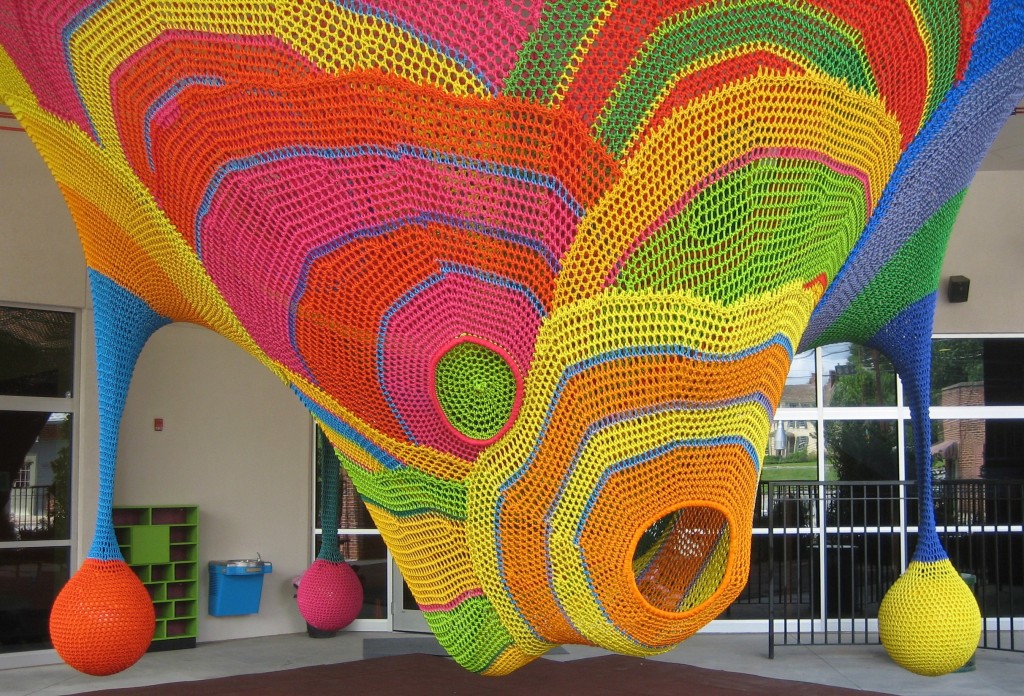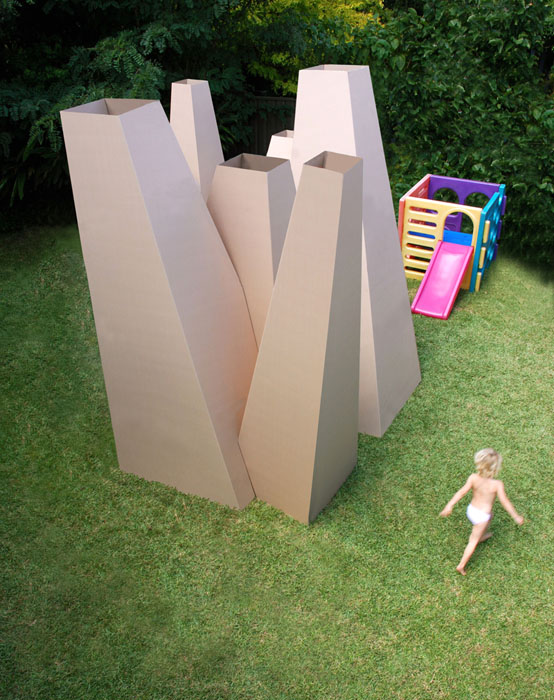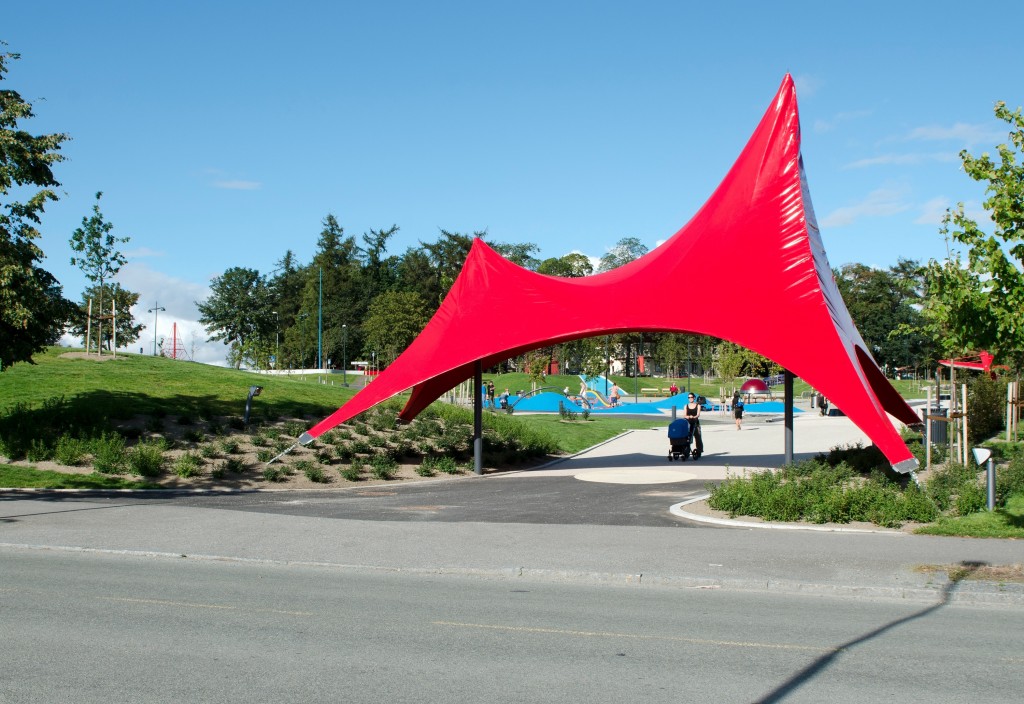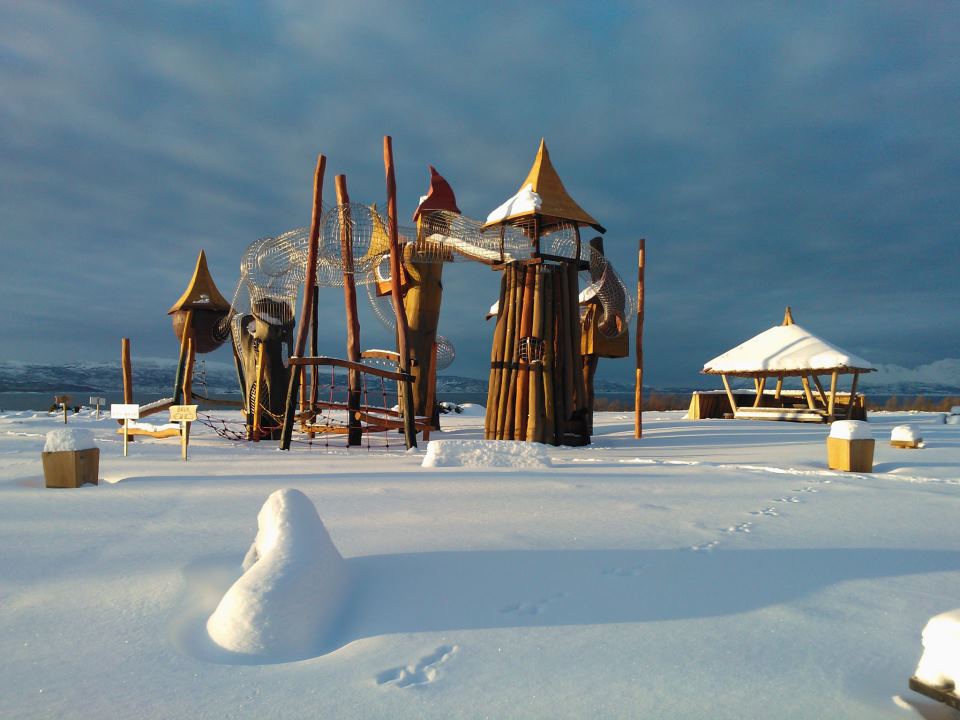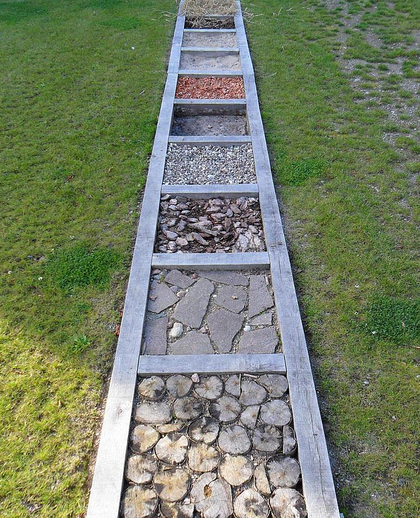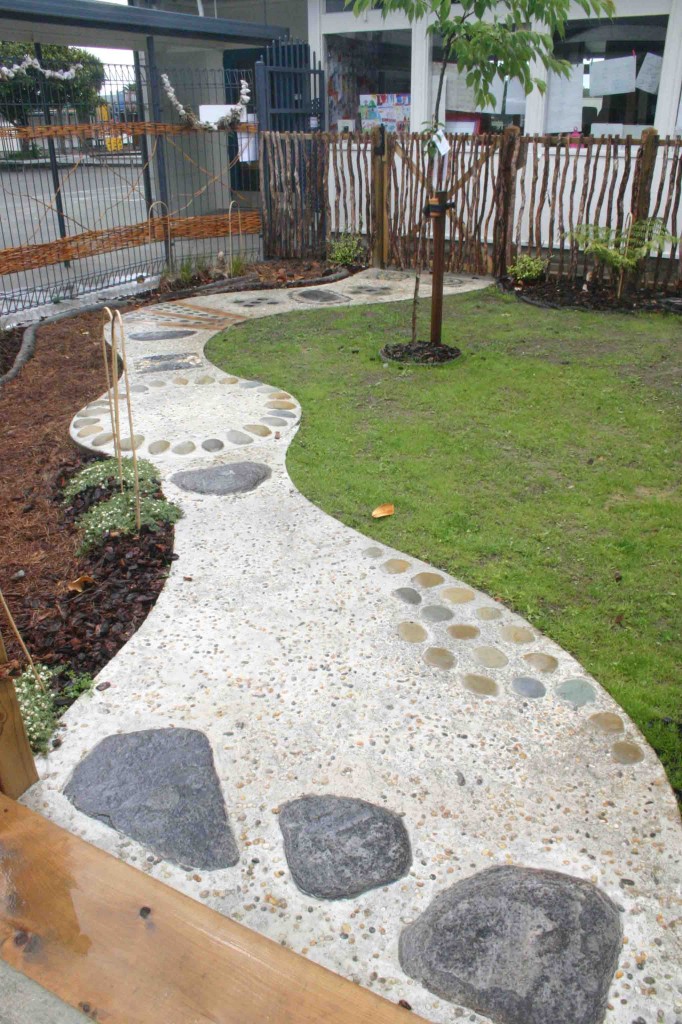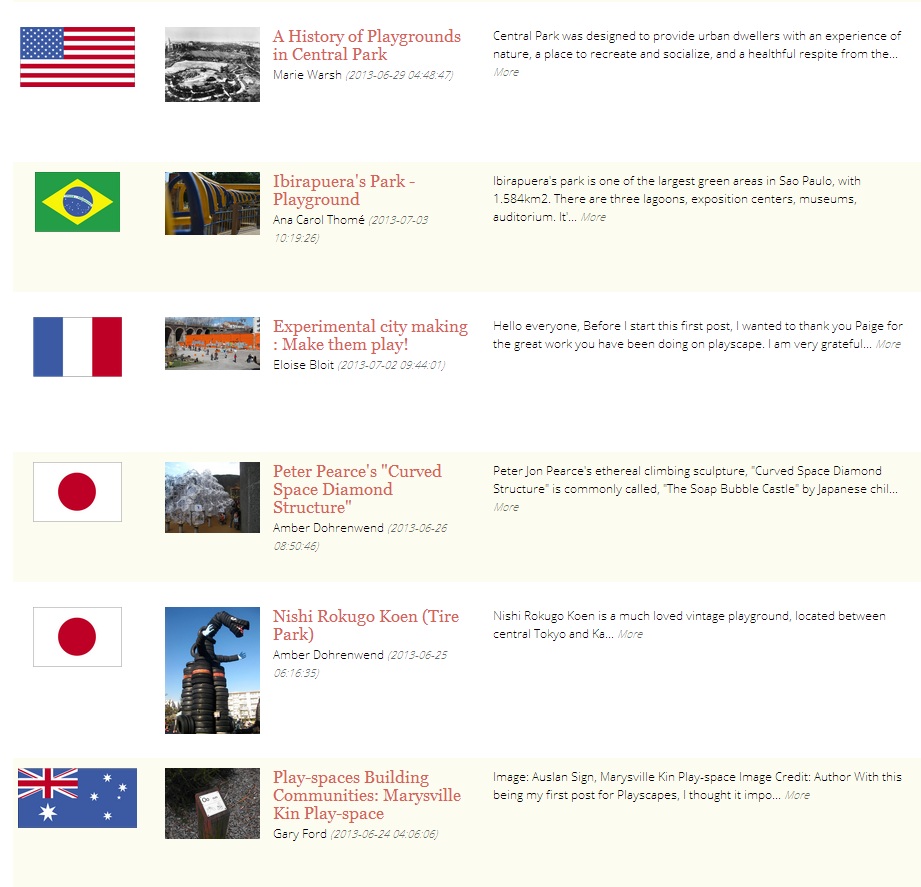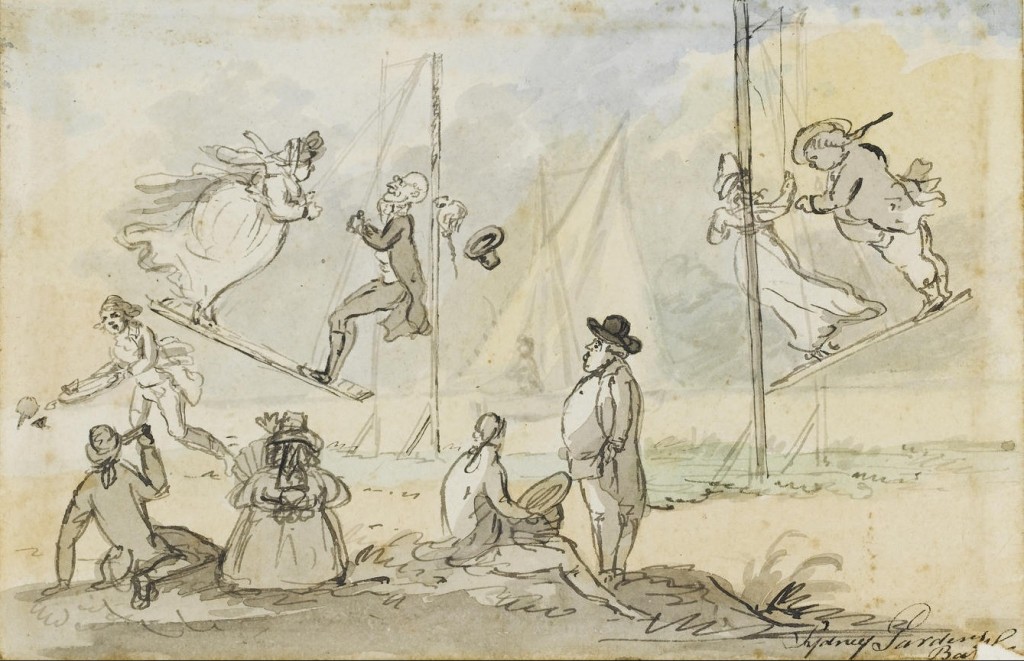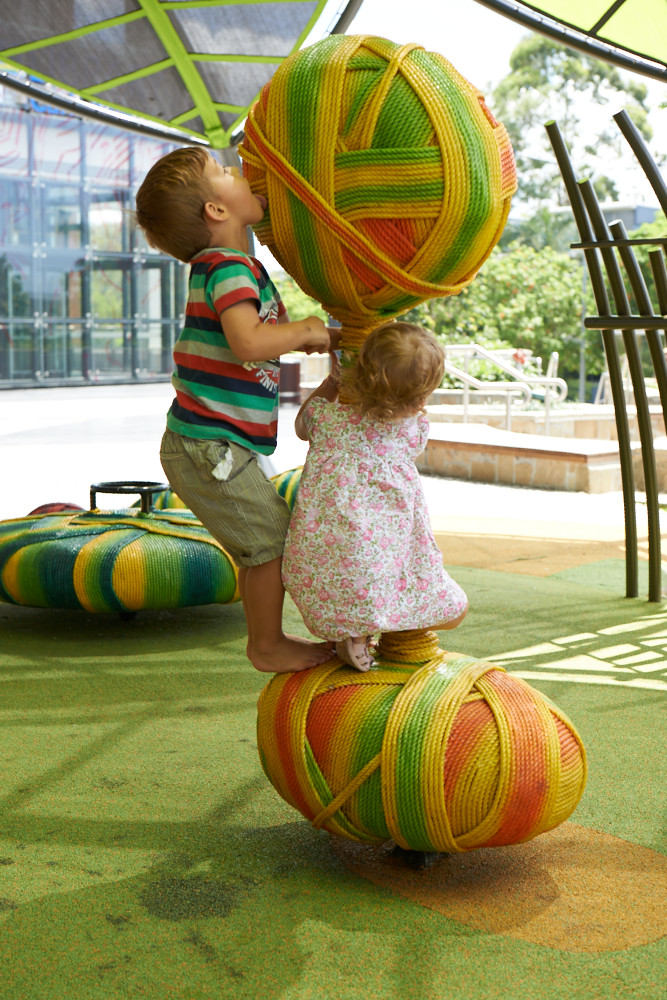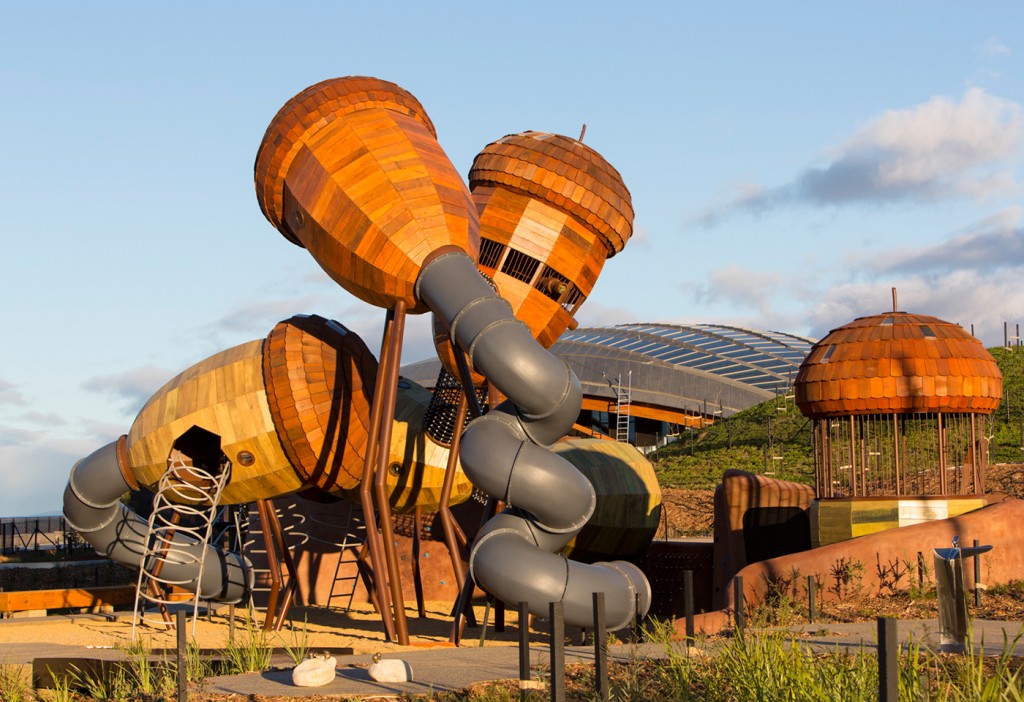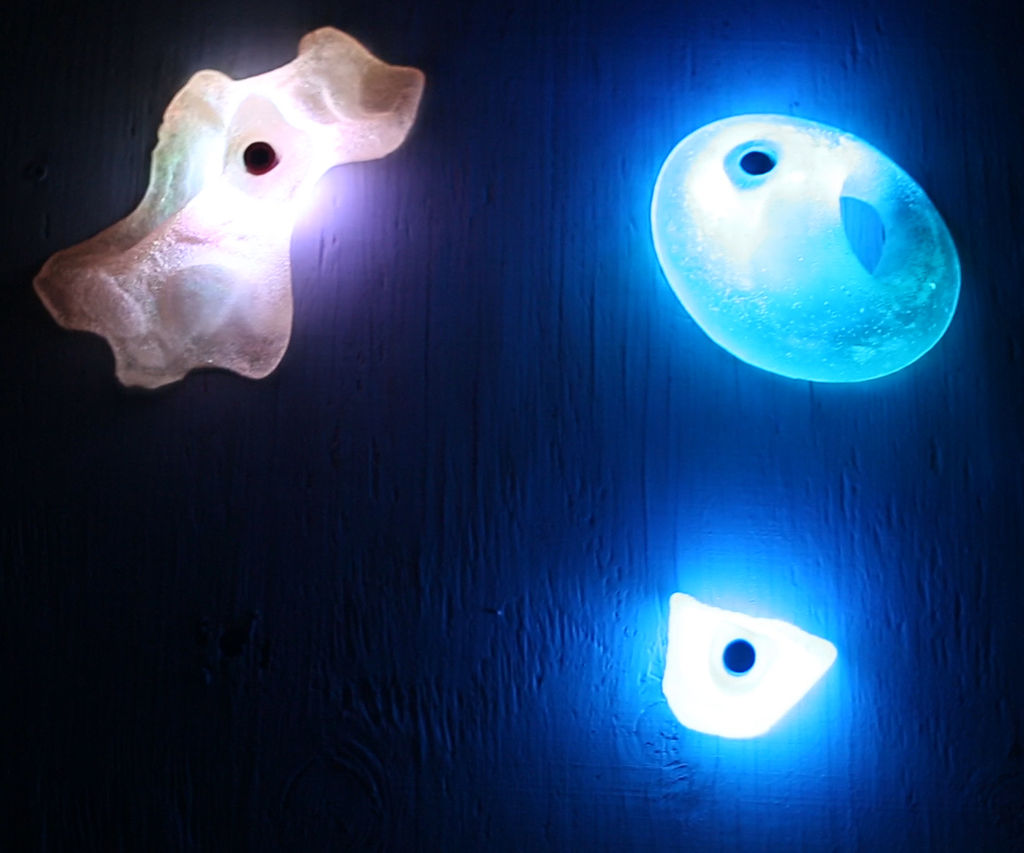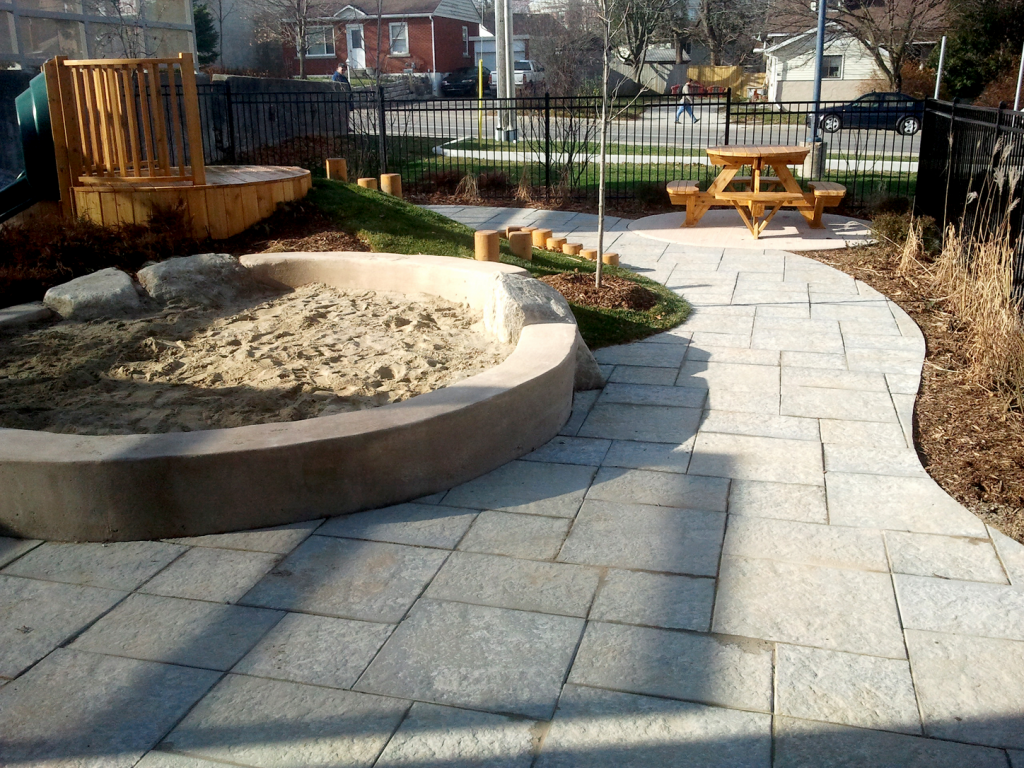Clik here to view.
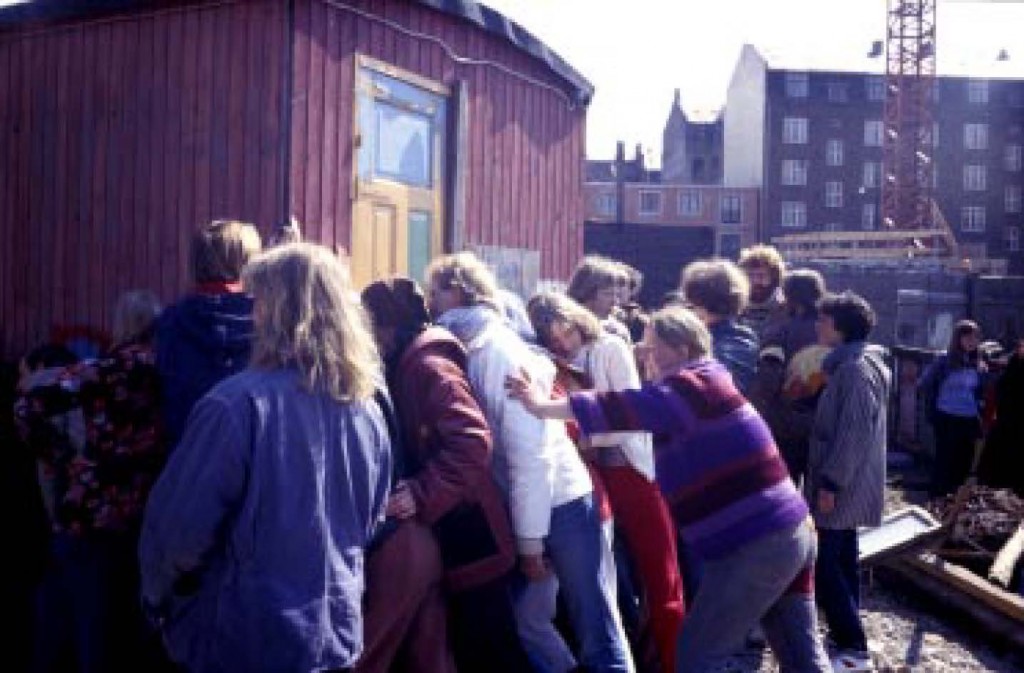
In 1980 an adventure playground (Byggelegeplads, ‘Builder’) was demolished under police projection in the densely populated ’Black Square’ of Nørrebro in Copenhagen. The residents didn’t let it go quietly.
They had installed it themselves on a summer day in1973 by simply driving a truck with boards, nails and tools into the sole open space of their decrepit slum–where the city had showed more interest in parking lots than play provisions. It was an instant hit; a study showed that at least 100 children used the playground daily.
Initially, the municipal authorities were supportive of the grassroots effort, committing funds to maintain and staff the play space. Two threats from developers and mayors wielding urban renewal plans were beaten back. But in spite of a poll of local residents showing 80% support for the retention of the playground, the city insisted in 1980 that it be cleared to make way for ‘improvements’. The residents blockaded the site, and officials responded by sending 800 police officers to enforce their orders.
Here is the description of what happened next, translated (poorly, my apologies!) from the original Danish here:
“The 29 April initiated the municipality’s total clearing of the area. Under a massive police presence, laborers from Midtsjællands Demolition Company knock down play equipment, and activists have to jump for their lives to avoid being killed. Thousands of residents and activists formed picket lines and block Noerrebrogade and Åboulevarden. Although it was a peaceful action, the police strike hard and many are sent to the emergency room with concussions and other injuries. About 70 were arrested and charged with “disorderly conduct” or “violence against officials in action”. 14 were placed in solitary confinement for a week as part of the police investigation. When the police left, over one thousand residents and children began rebuilding the playground with materials from the nearby construction site.”
Huzzah for the playground warriors!
“30 April is relatively quiet on the Builder, but Noerrebrogade remains blocked by blockades, which is a consequence of the outrage in the neighborhood over the municipality and the police violent attack. The 2nd May large police force was deployed into the neighborhood to remove the barricades. At the same time the police promised not to touch the Builder until after the meeting of the City Council on Monday.Later in the day however they break their promise, and clear one half of the playground. The rest is cleared after 3 May using over 1000 officers. The whole neighborhood explodes in anger, and over the afternoon and evening it comes to constant clashes between residents and police. But this time, the police changed strategy. As Chief Inspector Donald Egetved Sorensen said to radio news’ kid gloves been shelved. ‘ There will no longer be arrests. Instead, the residents of Noerrebrogade will face chasing police with dogs, club swinging riot cops and motorcycle cops.
Police declared the area a state of emergency and SUSPENDED THE CONSTITUTION ’We will not tolerate lawlessness in the city. And we will not be gentle. We can not guarantee your safety..crowds will be split by force. We intend to clear the street….and everything will be considered as riots’, says the police loudspeaker vans in the evening.”
A neighborhood association meeting that evening was dissolved by yet another large police force. Though some continued to fight, the battle was lost, and construction for the new apartment complexes commenced. They’re still there.
Beware of municipal officials bearing ‘improvements’ when something already works.
Additional sources:
English language sources for the battle are difficult to come by, so please correct me if there are any inaccuracies here. There is an extensive history of the Battle for the Builder online, from which the photos in this post are sourced, but it is in Danish and too large a file for the auto-translator. If any of my Danish readers would like to help with a translation, I’d love to archive it here at Playscapes.
Just this past April, the Blågårdens library recreated the Battle of the Builder…in Legos. So. Cool.
The post Battle for the Builder: the Nørrebro Playground Riot, Copenhagen, 1980 appeared first on Playscapes.
